Home

Bottle Feeding Positions: Tips and Techniques for New Parents
In this Article
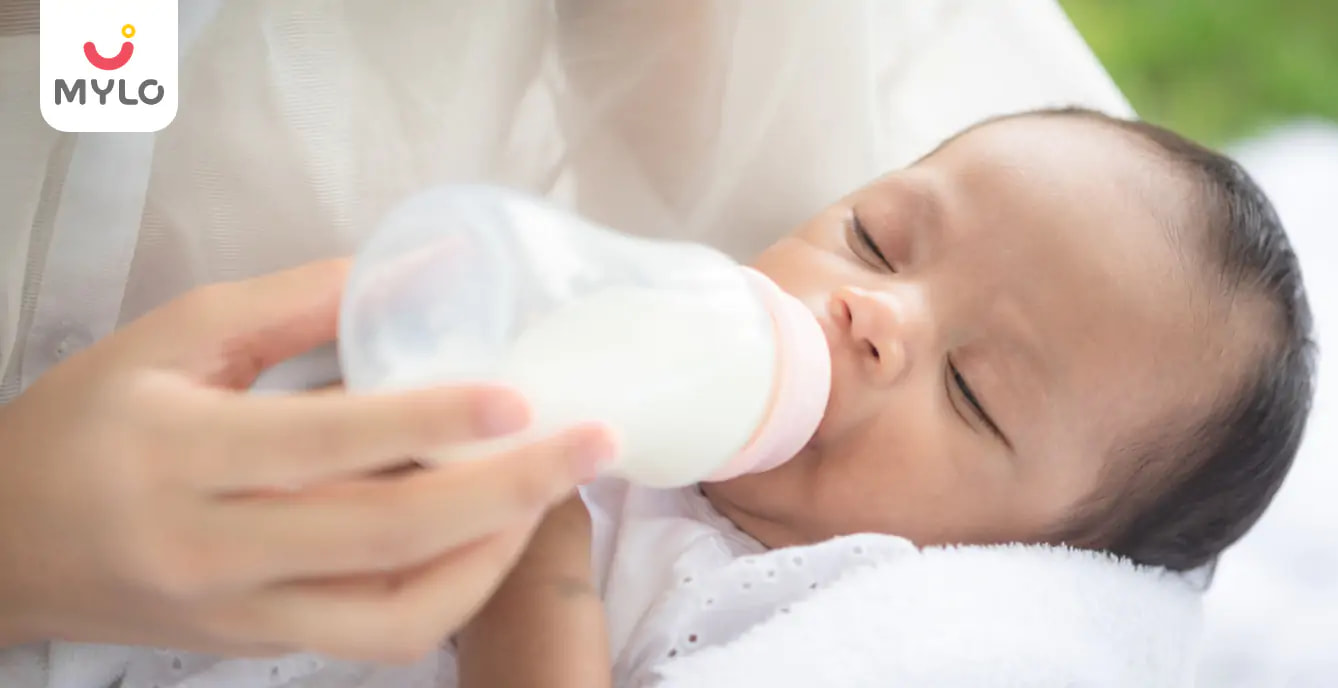
Bottle Feeding Positions: Tips and Techniques for New Parents
Updated on 12 September 2023
Neha was feeling overjoyed with emotions on the arrival of her bundle of joy – Nyra. She was learning and growing each day as a parent, some from the suggestions of elders and other from her own experience. Recently she learned that baby is more comfortable in a few positions during bottle feeding while other positions led to increased gas, colic, and choking hazards.
After expanding her knowledge base with doctor’s advice and researching through trusted internet sources she compiled a comprehensive guide that discusses bottle feeding positions, wrong bottle feeding positions and tips for a successful bottle feeding journey. So, let’s make the most from her valuable insights.
How does feeding position affect you and your baby?
Baby feeding position is particularly important for the comfort of both mother and the baby. There are some positions that naturally support the act and make it easy for the baby to get their tummies full and make the most of the feeding session. Cradle hold position is best for newborn babies as they can not only withdraw maximum nutrition with lesser risk of colic, but also bond with their mommies.
You may also like : How to Hold a Newborn Baby
7 Bottle Feeding Positions You Can Try
There are different bottle feeding positions that enable smooth experience for the mother and the child. The older babies can regulate their tongue movement and can control the flow of milk, but the newborn babies are unable to adjust to increased flow or unconventional positions like lying down which increases the risk of choking and other issues like colic. Therefore, it is important to feed your infant in proper feeding positions like the ones discussed below:
1. Cradle Hold
This classic position involves holding your baby's head in the arm while they lie across your lap. It's a cozy and comforting way to bond during feeding.
2. Cross-Cradle Hold
Similar to the cradle hold, but you use the opposite arm to support your baby's head. This position gives you more control and is often preferred for newborns or premature babies.
3. Upright Hold
Sit your baby on your lap facing forward, with their head supported by your hand. This position can help to maintain eye contact with your baby.
4. Face-to-Face Position
Positioned opposite to you, sit your baby against your elevated knees as you bottle feed. This position not only fosters bonding but also maintains direct eye contact, enhancing the connection between you and your baby.
5. Upright Seating
Seat your baby on your lap, allowing them to lean against your chest during bottle feeding. Particularly advantageous for older babies or those prone to reflux, this stance offers comfort and optimal feeding posture.
6. Utilizing a Boppy Pillow
The versatile nursing pillow serves as an excellent aid for bottle feeding newborns. Position your baby on the pillow, ensuring proper head support as you bottle feed, while always ensuring you hold the bottle securely.
7. Side-Lying Feeding Stance
Ideal for babies experiencing gas or reflux, the side-lying feeding position mimics breastfeeding's natural alignment. Lay your baby on their side atop a cushion, holding the bottle with one hand and supporting their head or back with the other – a beneficial option for soothing discomfort.
Try these different positions and check for yourself which one works for you and your baby.
Wrong bottle feeding positions to avoid
When nourishing your baby, hold them in a partially upright stance while cradling and providing head support. Refrain from feeding your baby when baby is lying down as formula may enter the middle ear and lead to an infection. To minimize air ingestion during sucking, angle the bottle slightly, ensuring that the formula occupies the bottle's neck and envelops the nipple. By steering clear of these incorrect bottle feeding positions, you can ensure your baby's safety, comfort, and optimal feeding experience.
8 Tips for successful bottle feeding
Even if you are a first-time parent or a seasoned one, the below-mentioned 8 tips will help you bottle feed your baby in a way that makes him/her feel nourished and loved.
1. Hold and Bond
Cradle your baby in a semi-upright position, supporting their head and ensuring eye contact for a nurturing bonding experience.
2. Responsive Feeding
Pay attention to your baby's hunger cues, offering the bottle when they show signs of hunger rather than on a strict schedule.
3. Nipple Selection
Choose a nipple with a flow rate appropriate for your baby's age and feeding pace, ensuring a comfortable and controlled flow.
4. Avoid Overfeeding
Watch for cues of fullness, such as turning away from the bottle or slowing down sucking and resist the urge to encourage finishing the bottle.
5. Burping Breaks
Pause during feeding to gently burp your baby, helping release trapped air and reducing discomfort.
6. Hold the Bottle
Hold the bottle at a slight angle, allowing milk to fill the neck of the bottle and reducing air ingestion.
7. Variety in Positions
Experiment with different feeding positions to find what works best for you and your baby's comfort.
8. Safe Sleep Practices
After feeding, hold your baby upright and burp them before putting them down to sleep, reducing the risk of choking or reflux.
By following these tips, you can ensure a successful and nurturing bottle feeding experience that supports your baby's growth, comfort, and well-being.
You may also like : How To Feed A Newborn Baby?
FAQs
1. How do you feed a newborn with a bottle position?
When bottle feeding a newborn, cradle them in your arms, supporting their head with your hand or forearm. Ensure the baby's head is slightly elevated to prevent milk from flowing too quickly and to minimize air intake. Hold the bottle at a gentle angle, allowing the nipple to be filled with milk, and make eye contact to establish a connection. As your baby sucks, monitor their body language for pauses or signs of fullness, and take short burping breaks to ensure a comfortable and successful feeding experience.
2. Which bottle feeding positions reduces gas?
The upright baby feeding position can help reduce gas in babies. Hold your baby in a slightly elevated position, supporting their head and back, while feeding them. This position aids in preventing excessive air intake during feeding, minimizing discomfort from trapped gas. By allowing gravity to assist in digestion, the upright position can contribute to a more comfortable and less gassy feeding experience for your little one.
3. Is it OK to bottle-feed baby while lying down?
No, bottle feeding a baby while lying down may not be the best practice. It can increase the risk of milk flowing into the middle ear, potentially leading to ear infections. Additionally, it might hinder the baby's ability to swallow properly and could result in choking. To ensure safe and comfortable feeding, it's recommended to hold your baby in a semi-upright position during bottle feeding, promoting better digestion and minimizing potential complications.
Final Thoughts
In conclusion, mastering the art of bottle feeding positions is a vital skill for parents or caregivers for baby’s nourishment and comfort. By embracing the right techniques and positions, such as cradling, responsive feeding, and proper nipple selection, caregivers can create a nurturing feeding environment. Avoiding wrong bottle feeding positions like baby lying flat and ensuring safe sleep practices further contribute to a successful bottle feeding experience. Remember, attentive responsiveness to your baby's cues, along with mindful feeding practices, not only nourishes their bodies but also strengthens the emotional connection between caregiver and baby.
References
1. Dawson, J. A., Foster, J. P., Jacobs, S. E., Myers, L., & Burns, E. (2022). Cradle hold versus alternate positions for bottle feeding preterm infants. Cochrane Database of Systematic Reviews
2. Raczyńska, A., & Gulczyńska, E. (2019). The impact of positioning on bottle-feeding in preterm infants (≤ 34 GA). A comparative study of the semi-elevated and the side-lying position - a pilot study. Developmental Period Medicine
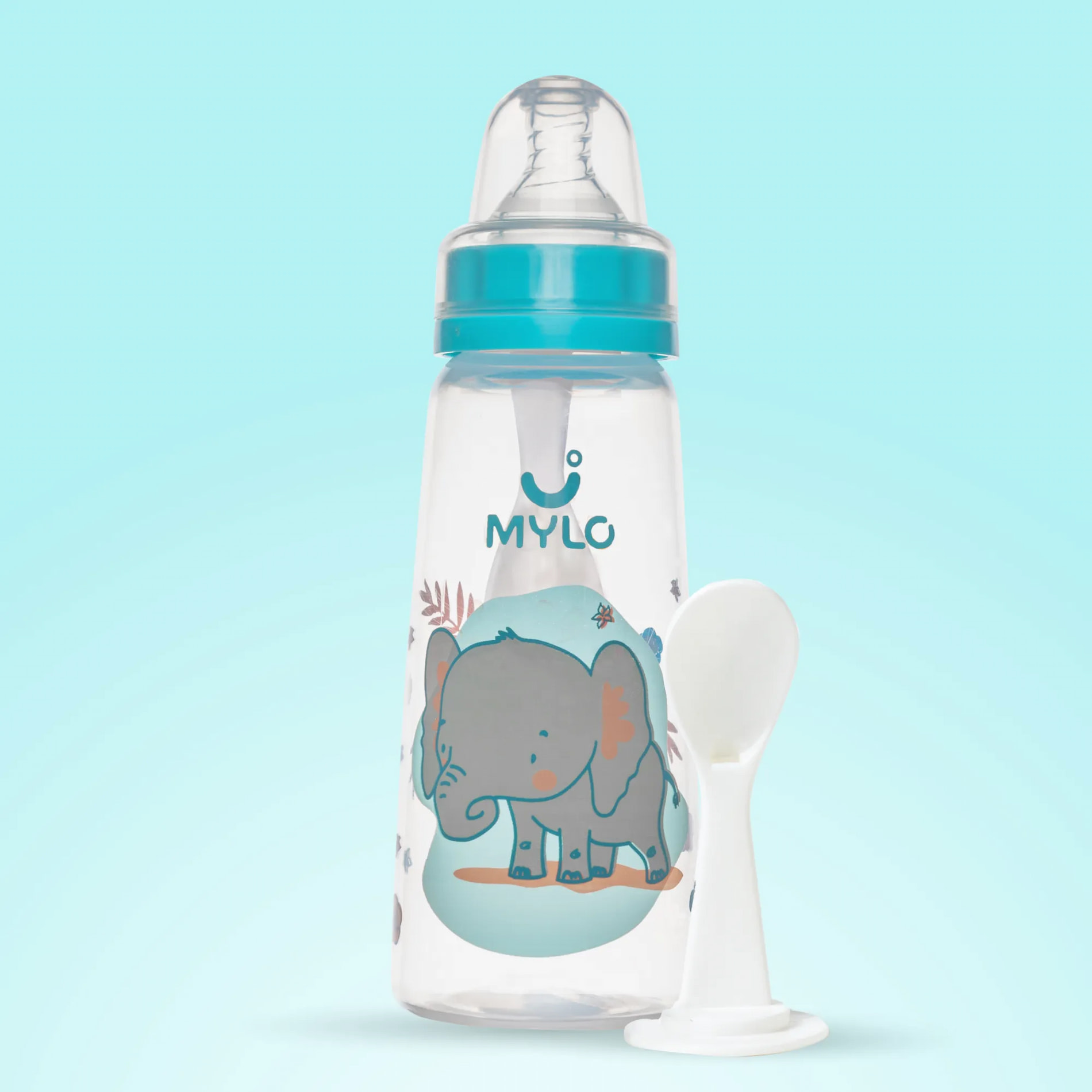
2-in-1 Baby Feeding Bottle (Elephant) - 250 ml
BPA Free with Anti-Colic Nipple & Spoon | Feels Natural Baby Bottle | Easy Flow Neck Design
₹ 171

4.3
(8562)


4072 Users bought



Written by
Sanju Rathi
A Postgraduate in English Literature and a professional diploma holder in Interior Design and Display, Sanju started her career as English TGT. Always interested in writing, shetook to freelance writing to pursue her passion side by side. As a content specialist, She is actively producing and providing content in every possible niche.
Read MoreGet baby's diet chart, and growth tips

RECENTLY PUBLISHED ARTICLES
our most recent articles
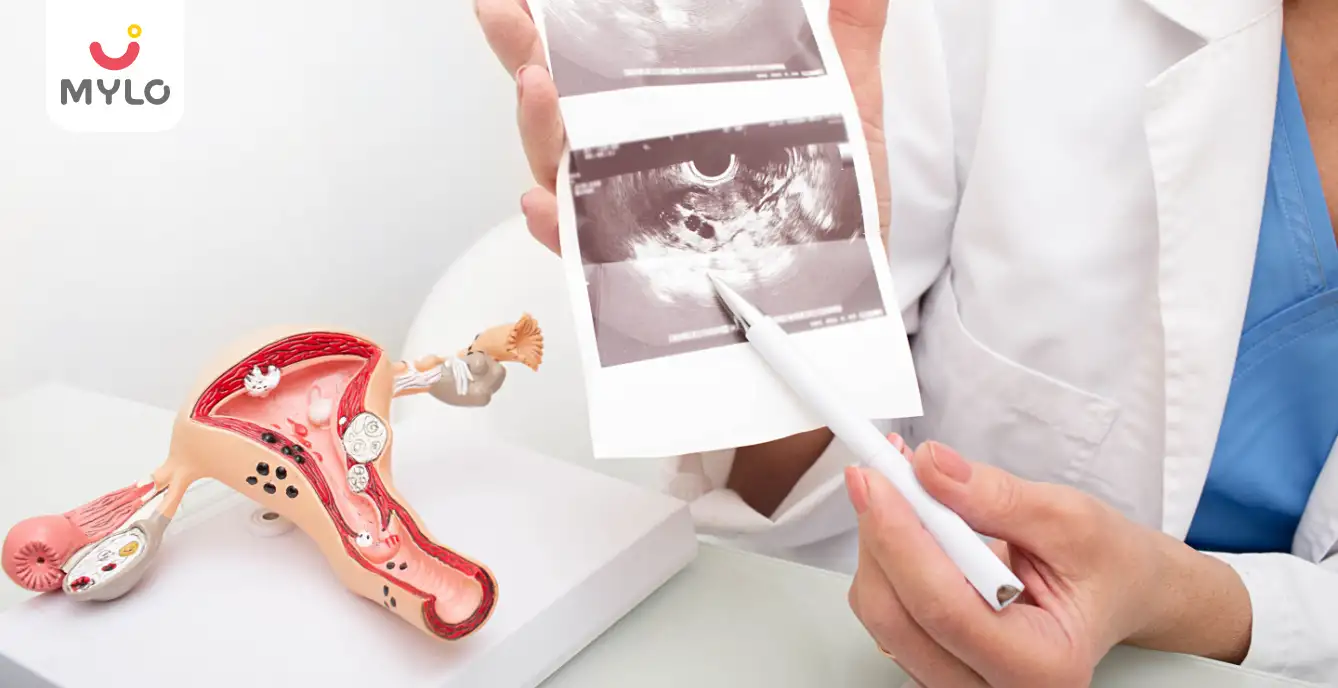
In Vitro Fertilization (IVF)
Endometrial Thickness for IVF: The Ultimate Guide to Successful IVF Outcomes
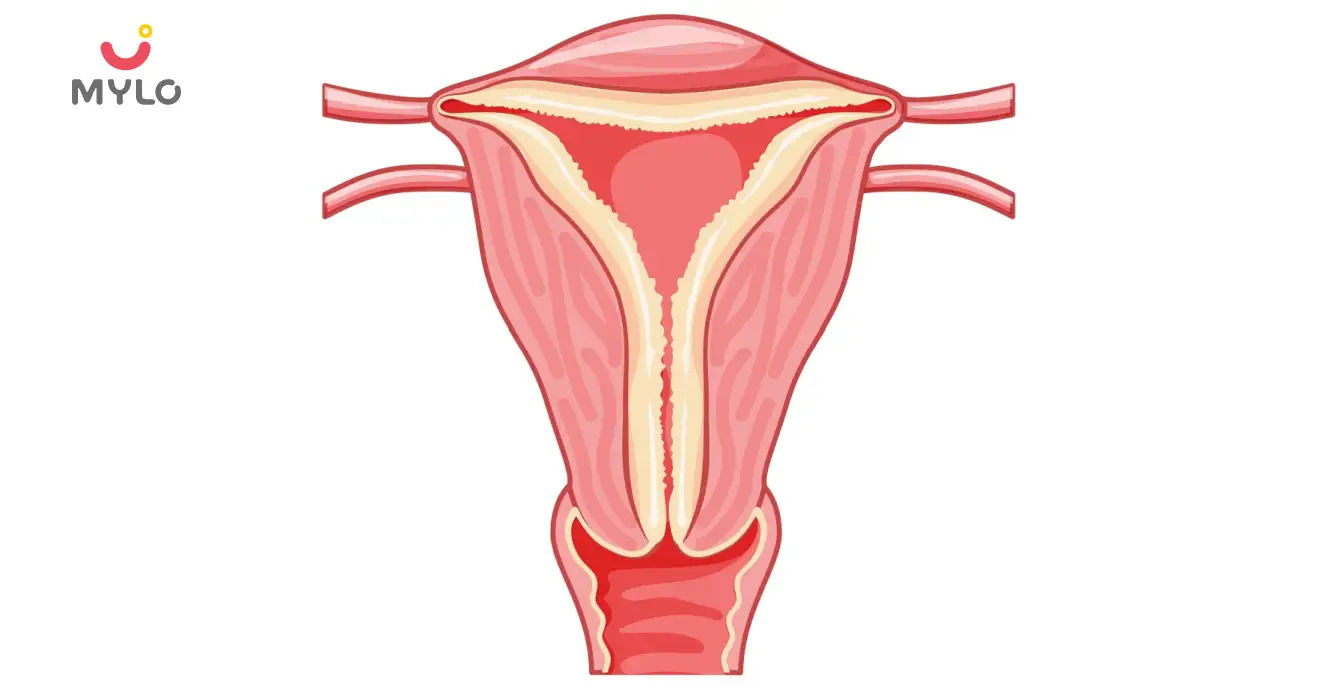
Fertility
Normal Endometrial Thickness: A Key Indicator of Female Fertility
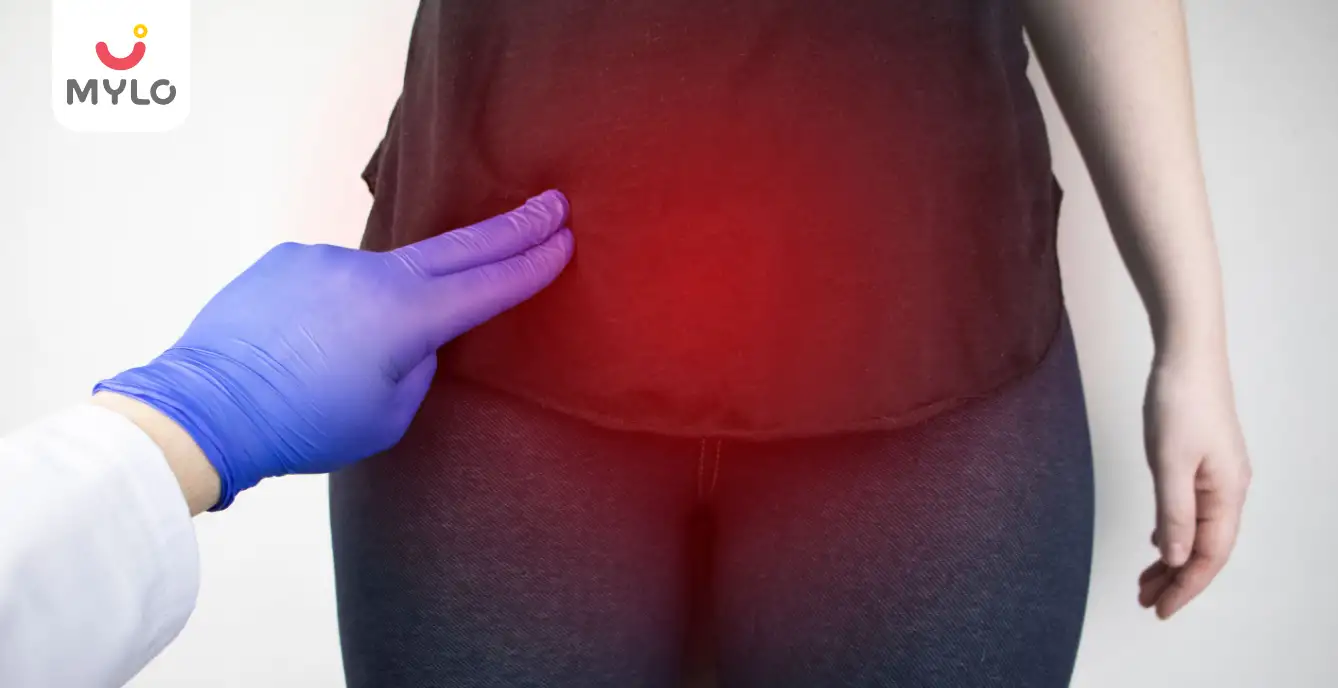
Fibroids
Uterine Artery Embolization: A Non-Invasive Solution for Fibroids
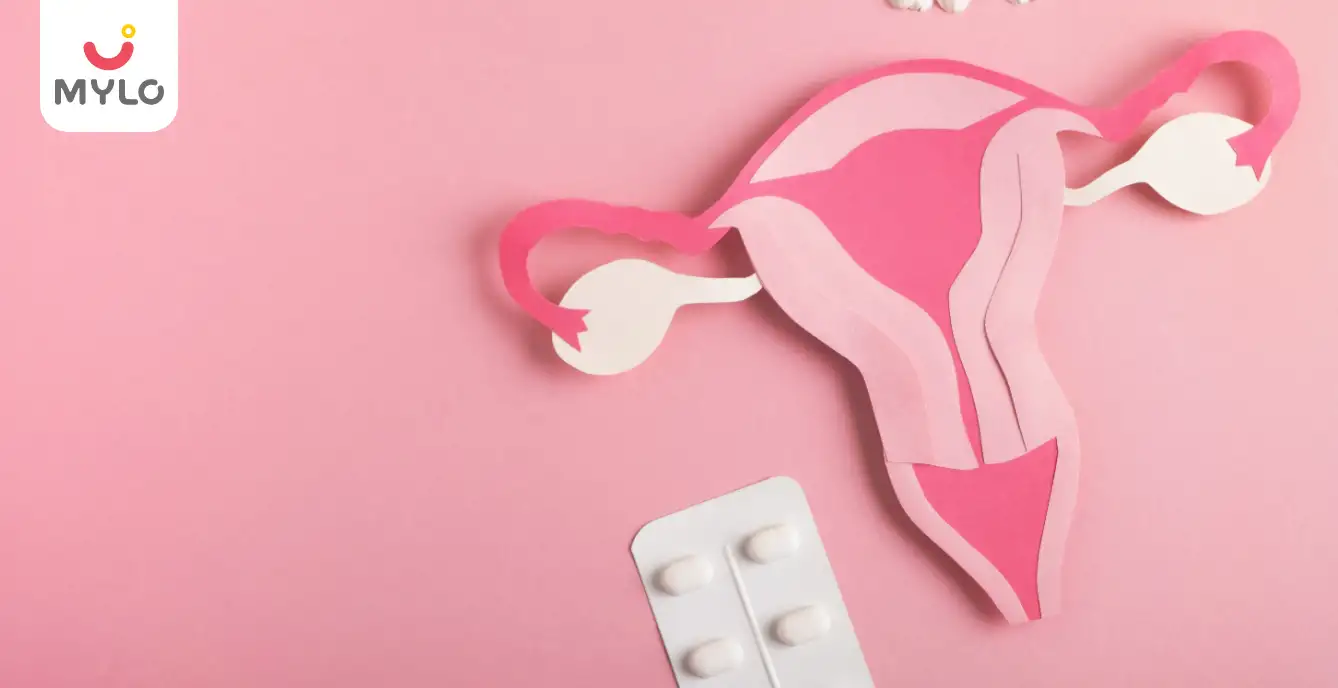
Menstrual Cycle
Deviry 10mg for Menstrual Disorders: Is It the Right Choice for You

Hormones
Hyperprolactinemia: How High Prolactin Levels Can Affect Your Chances of Conception
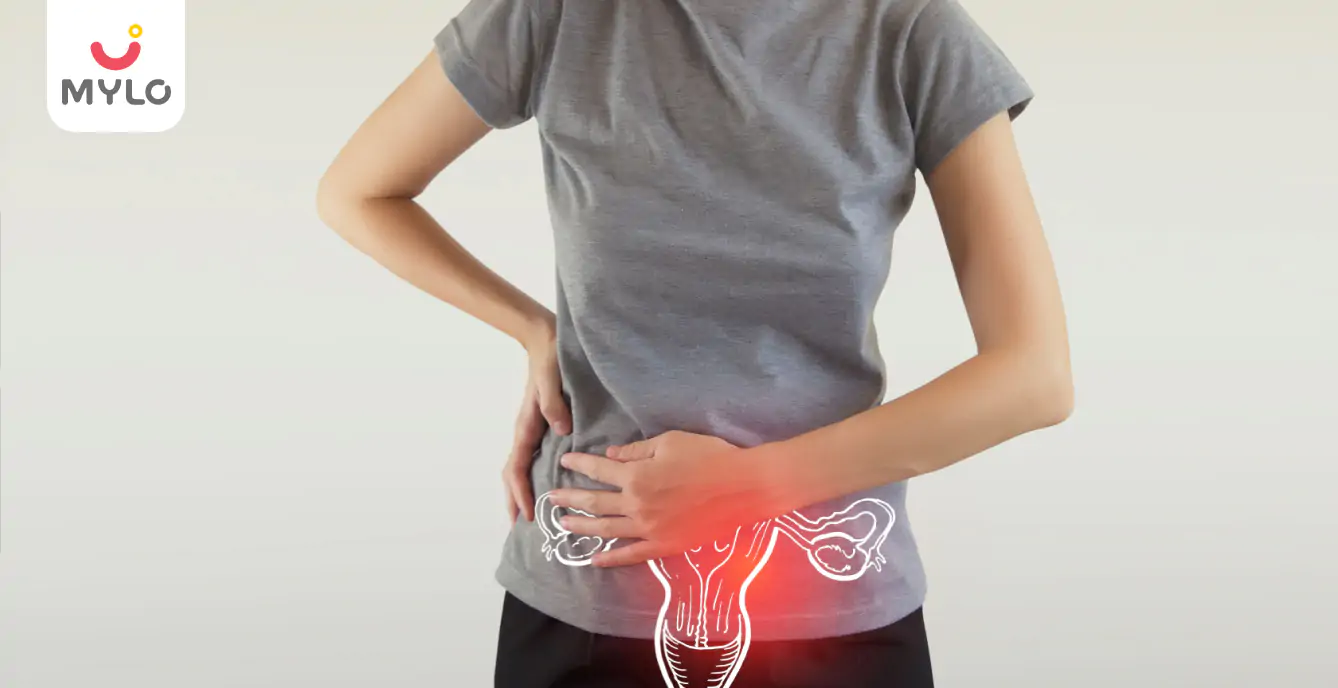
Fibroids
Myomectomy: A Comprehensive Guide to Uterine Fibroid Removal Surgery
- The Hormonal Dance: Understanding Which Hormones Regulate Menstrual Cycle
- 7 home remedies to cure cough and cold in infants
- How to Increase Endometrial Thickness: Your Guide to Science-Backed Tips
- Endometrial Scratching: The Ultimate Guide to Meaning, Benefits and Impact on Conception
- The Ultimate Guide to Buying a Baby Bath Tub for New Parents
- Strawberry in Pregnancy: Why Should This Fruit Be on Your Pregnancy Platter?
- Benefits of Wearing a Pregnancy Belt Before Delivery
- PCOS Treatment in Homeopathy: The Ultimate Guide to Natural Remedies
- Manjistha: Ayurveda's Best-Kept Secret for Health and Beauty
- Metformin for PCOS: How This Medication Can Help Regulate Hormonal Imbalances
- 5 Tips on How to Get Pregnant When You Are Fat
- Do Antibiotics Affect Fertility: Debunking Common Myths and Misconceptions
- Disadvantages of Releasing Sperm Daily: Debunking Common Myths
- Varicocele Surgery Cost: What You Need to Know Before You Go Under the Knife


AWARDS AND RECOGNITION

Mylo wins Forbes D2C Disruptor award

Mylo wins The Economic Times Promising Brands 2022
AS SEEN IN
















- Mylo Care: Effective and science-backed personal care and wellness solutions for a joyful you.
- Mylo Baby: Science-backed, gentle and effective personal care & hygiene range for your little one.
- Mylo Community: Trusted and empathetic community of 10mn+ parents and experts.
Product Categories
baby carrier | baby soap | baby wipes | stretch marks cream | baby cream | baby shampoo | baby massage oil | baby hair oil | stretch marks oil | baby body wash | baby powder | baby lotion | diaper rash cream | newborn diapers | teether | baby kajal | baby diapers | cloth diapers |








